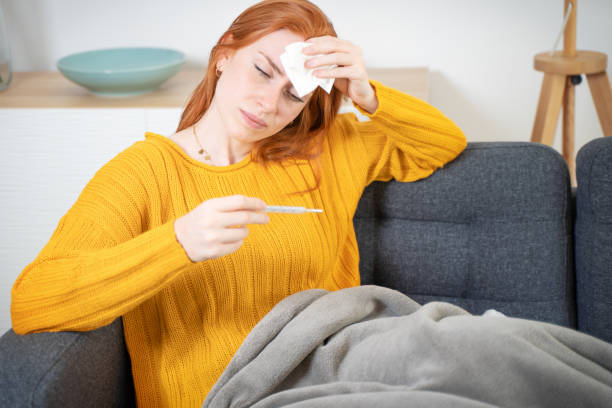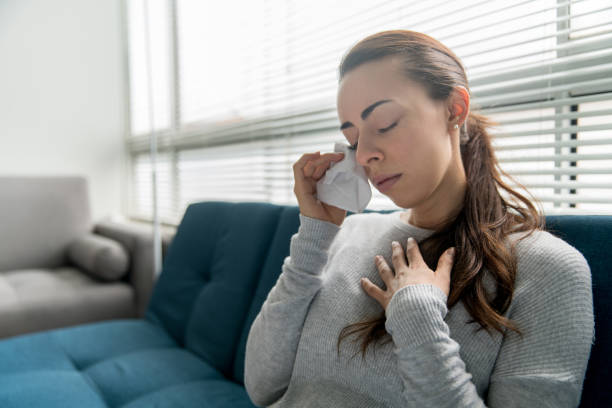Hyperlipidemia is a medical condition characterized by high levels of lipids or fats, such as cholesterol and triglycerides, in the bloodstream. These excess lipids can accumulate in the walls of blood vessels and form plaques that obstruct the flow of blood, increasing the risk of heart disease, stroke, and other cardiovascular problems. Therefore, it is essential to be aware of the symptoms of hyperlipidemia and understand the treatment options available.
Symptoms of Hyperlipidemia
Hyperlipidemia is often asymptomatic, meaning that there are no noticeable symptoms, which makes it difficult to diagnose. In some cases, however, the high levels of lipids in the blood can cause symptoms such as:
Xanthomas: These are yellowish, fatty deposits that can develop on the skin, especially around the eyes, elbows, knees, and heels.
Tendon xanthomas: These are yellowish lumps that can form on the tendons, particularly in the hands and feet.
Arcus corneae: This is a white or gray ring that develops around the cornea, the clear front part of the eye.
Diagnosis of Hyperlipidemia
Hyperlipidemia is usually diagnosed through a simple blood test called a lipid panel. This test measures the levels of cholesterol and triglycerides in the bloodstream. High levels of total cholesterol, low-density lipoprotein (LDL) cholesterol (often referred to as “bad” cholesterol), or triglycerides are indicators of hyperlipidemia.
Treatment for Hyperlipidemia
Hyperlipidemia can be effectively treated and managed through a combination of lifestyle changes and medication. Lifestyle changes include:
Eating a healthy, balanced diet low in saturated and trans fats, cholesterol, and simple sugars.
Regular exercise, such as brisk walking, cycling, or swimming, for at least 30 minutes a day, five days a week.
Maintaining a healthy weight.
Quitting smoking, if applicable.
Limiting alcohol intake.
In addition to lifestyle changes, medication may be prescribed to lower lipid levels. The type of medication used depends on the specific type of hyperlipidemia, the severity of the condition, and the patient’s overall health. Some of the medications used to treat hyperlipidemia include:
Statins: These drugs lower the production of cholesterol by the liver and increase the removal of LDL cholesterol from the bloodstream.
Bile acid sequestrants: These drugs bind with bile acids in the intestines and remove excess cholesterol from the body.
Niacin: This is a type of vitamin B3 that can help raise levels of high-density lipoprotein (HDL) cholesterol, often referred to as “good” cholesterol, while reducing levels of LDL cholesterol.
Cholesterol absorption inhibitors: These drugs prevent the absorption of cholesterol from food in the intestines.
Fibrates: These drugs help lower triglycerides and increase HDL cholesterol levels.
In some cases, patients may require more than one type of medication to control their lipid levels. It is important to note that medication should only be used under the supervision of a healthcare professional and that the treatment plan should be regularly reviewed and adjusted as needed.
Conclusion
Hyperlipidemia is a serious medical condition that can increase the risk of heart disease, stroke, and other cardiovascular problems. The symptoms of hyperlipidemia are often not noticeable, making early diagnosis important. The treatment for hyperlipidemia involves lifestyle changes and medication, and the specific approach will depend on the type and severity of the condition. Regular monitoring and management are essential to keep lipid.

 Home
Home Health
Health Diet & Nutrition
Diet & Nutrition Living Well
Living Well More
More












